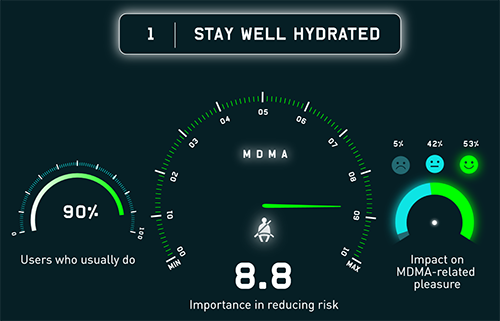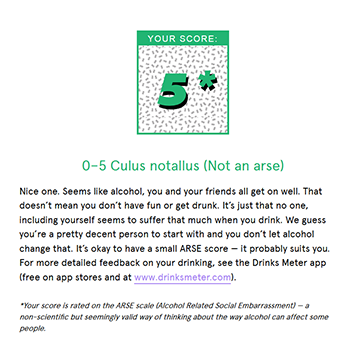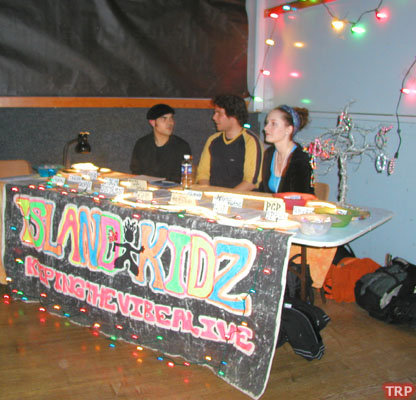As a doctor who works with people whose lives have been severely affected by drugs, I realize that changing behavior, even when it is devastating to the individual, is very difficult. Part of the problem, as far as I see it, is that as a society we pay relatively little attention to people who use drugs until they either break the law or develop health problems.
The only form of prevention most governments consider is prevention of initiation of use. Such an approach, although valid and useful, means that the part of the community who are most at risk of developing problems (people who already use drugs) are devoid of any assistance in helping them monitor and self-regulate their consumption to reduce the risk of crossing that blurred boundary that divides problematic from non-problematic drug use. While a more honest discourse addressing harm-reduction strategies for users of all drugs is becoming more acceptable and available through the web-based user forums and drug information sites such as erowid, drugs-forum and blue-light, there is still a long way to go.
Pleasure drives drug use, not the avoidance of harm
I founded the Global Drug Survey (GDS) in 2011; in 2015, more than 100,000 people filled out our survey in 10 different languages. Our mission is to help people who choose to use drugs do so more safely and to provide independent, objective and credible information to individuals and their communities. Through our research and apps, GDS aims to help communities craft the most effective public health responses to the use of drugs, including alcohol and prescription medications.
The notion of engaging people in a conversation about harm reduction and discussing strategies that ‘allow’ them to continue to get pleasure from their drug use is still rather uncommon among drug-treatment services. I believe that if you can encourage behavior change that reduces risk but does not diminish pleasure, you are more likely to see your advice adopted.
The GDS has started that dialogue with the development of the GDS Highway Code, the world’s first harm-reduction guide voted for by people who use drugs (the people who are most trusted by other people who use drugs). It not only ranks different harm-reduction strategies by the proportion of users who normally adopt it and how important they perceive each one is in reducing risk of harm, but uniquely rates different strategies on the impact they have on drug-related pleasure. The headline conclusion is that safer drug use appears to be more enjoyable drug use. It has been downloaded over 80,000 times and translated into French and Portuguese.

Consequences not consumption
Another approach is to focus on possible social consequences of substance use. When it comes to alcohol, many interventions look at things like calories, units and health risks, which might not be as meaningful for younger people. Supported by findings from GDS2015 that social humiliation is in the top four motivators for changing drinking patterns, GDS has developed a microsite quiz for young drinkers.

The one too many app free at onetoomany.co is a novel way of getting young people to think about their drinking. While most digital interventions focus on how much you drink, one too many asks about behaviors that matter to young people. In just 20 questions covering things like losing your phone, passing out, or ending up in bed with someone you wish you hadn’t due to your drinking, one too many gives people a unique ARSE (Alcohol Related Social Embarrassment). And because we don’t always know what we are like when we are drinking, one too many allows you to send a link on Facebook and Twitter so your friends can anonymously give you an ARSE score (only you ever see the scores others give you). Over 200,000 people have got their ARSE score so far, and it’s about to be trailed and evaluated by a team at Oxford Brookes University.
GDS hopes that by compiling the world’s biggest database of drug use and by assessing both levels and patterns of use, our apps can provide critical, evidence-based feedback on health risks adjusted for a person’s unique medical, behavioral and familial history. We hope all of our work helps people use drugs more safely, so they remain a source of pleasure not pain to them, those they care for or their communities.
Author: Dr. Adam R Winstock MBBS, BSc, MSc, MRCP, MRCPsych, FAChAM, MD
Founder and Director, Global Drug Survey; Consultant Psychiatrist and Addiction Medicine Specialist, SLAM NHS Trust; Senior Lecturer, Kings College London
Twitter:
@globaldrugsurvy
@drugsmeter
(Author’s note: Want to help contribute to this research? We will be launching GDS2016 in November, 2015 with focuses on psychedelics, safer MDMA dosing, drug vaping and drug tourism. We are hoping to increase our Canadian participation this year, so don’t hesitate to contact me if you would like to help us spread the word.)
**Please note that the material presented here does not necessarily imply endorsement or agreement by individuals at the Centre for Addictions Research of BC





